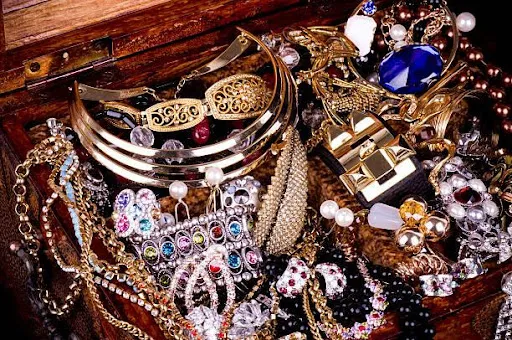Jewellers understand the appeal of second-hand jewellery in Australia. It is often more affordable than brand-new pieces, but it has a unique history and charm and is distinct from modern designs. However, second-hand jewellery sometimes requires restoration to bring it back to its former glory. Let’s learn the art of restoring second-hand jewellery in Australia.
Table of Contents
Assess the Piece
Before any restoration work can begin, it’s best to assess the piece thoroughly. Look for any damage, such as missing stones, broken clasps or chains, or other signs of wear and tear. Determine what materials were used in the original design and whether any of those materials need to be replaced. Also, consider the piece’s sentimental and monetary value, which will guide your decision-making process.
Clean the Piece
Once you’ve assessed the piece, the next step is to clean it thoroughly. Use a soft cloth, toothbrush, and gentle soap to clean any dirt or grime that may have built up over time. This is an excellent opportunity to check for any hidden damage that may have been missed during the assessment phase.
Repair Any Damage
After cleaning, it’s time to begin repairing any damage. This may involve replacing missing stones, repairing broken clasps or chains, or removing dents or scratches. It’s essential to use the right tools and techniques for the damage you’re addressing and ensure that replacements match the original design as closely as possible.
Replate or Refinish
Sometimes, the metal of a piece of jewellery can become dull or tarnished over time. If this is the case, replicating or refinishing the metal may be necessary. Replating involves applying a new metal layer – such as gold or silver – over the original metal to restore its shine. Refinishing involves using a polishing compound to remove scratches and other imperfections from the metal.
Restring or Re-Thread
Restringing or re-threading is the best way to restore beaded jewellery, and this involves removing the old thread and replacing it with a new, stronger one to ensure the piece will last for years.
Polish and Buff
Once all the repairs and replacements have been made, it’s time to give the piece a final polish and buff. This will help bring out its shine and ensure it looks as good as new. Use a soft cloth and gentle polishing compound to achieve the desired finish.
Consider a New Setting
If the original setting of the piece is damaged beyond repair, consider a new setting. This can be an excellent opportunity to update the piece and give it a fresh look. However, it’s important to ensure that the new setting matches the style and value of the original piece.
Restoring Second Hand Jewellery is an Art
Restoring second-hand jewellery in Australia is an art form that requires patience, skill, and attention to detail. Following these steps ensures that any second-hand jewellery you purchase will look and feel new. Whether you’re looking to restore a family heirloom or add a unique piece to your collection, restoring second-hand jewellery is a great way to honour its history and ensure that it continues to be cherished for years.

